Brains in silicon, a transistor that thinks like us
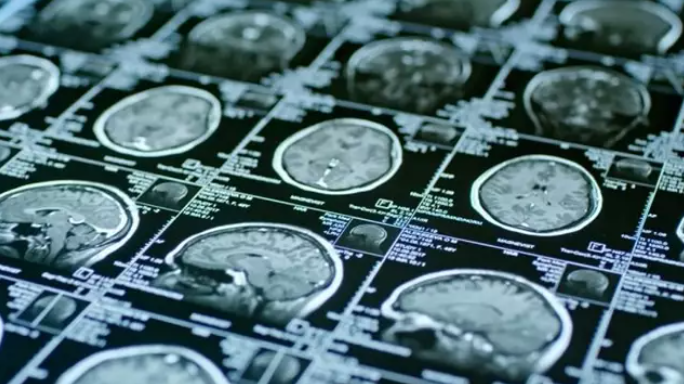
Hey, curious STEAM people! Ready for a dose of science that looks like something out of a science fiction movie? Well, brace yourselves, because some eggheads at Northwestern University, Boston College and MIT have just unveiled a transistor that has the human brain looking on with envy. Imagine this: a transistor that not only processes information, but also stores it! Yes, like that friend who tells you a gossip and then saves it for use at the right time; these science guys are so inspired by our brains that they have created a synaptic transistor that not only learns, it also makes associations! How about that! But what is so special about this transistor compared to other similar attempts? Well, for starters, it doesn’t need a refrigerator to work; yes, those old transistors were so cold that they only worked at cryogenic temperatures. This new guy is like your grandmother, stable at room temperature, and even retains information even if the power is cut off!
Mark C. Hersam, the head of this scientific party, tells us that normal digital transistors are like those friends who always send you messages back and forth: they consume a lot of power and crash when they try to do many things at the same time. But the brain, on the other hand, has an all-in-one system and this synaptic transistor, by mimicking the brain, can also multitask without consuming the energy of a nuclear power plant. To come up with this invention, scientists played with a thing called “moiré patterns” and no, it’s not an exotic food dish, it’s a type of geometric design that arises when two patterns overlap. Imagine putting two identical blankets on top of each other, and suddenly you see a new design that wasn’t on either of them, well, they did something like that with super-thin layers of graphene and hexagonal boron nitride. They turned and twisted those layers until they formed the moiré pattern, and boom, smart transistor ready for action!
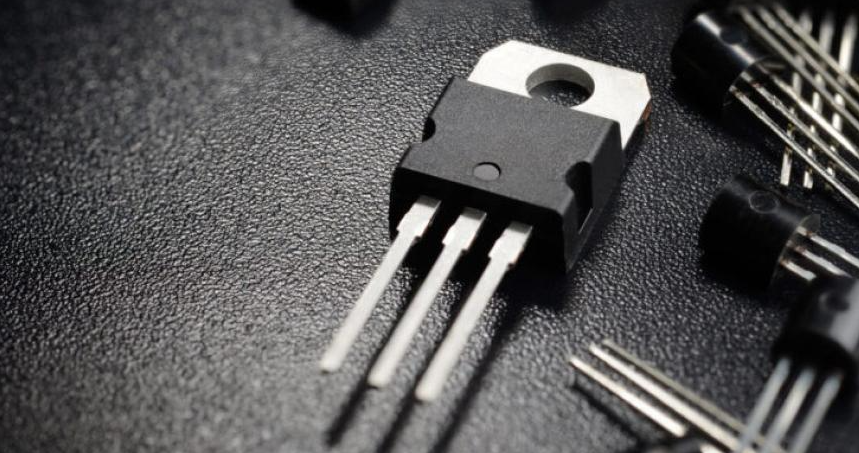

In experiments, they trained this transistor to recognize patterns. Not only did he recognize them, but he also made associations, like those games where they show you a picture and you have to say what’s next in the sequence. This transistor learned to identify similar patterns, even when curve balls with incomplete patterns were thrown at it. A crack! Why so much astonishment with this? Well, it turns out that in the world of artificial intelligence, they want machines to think more like us, but without the drama, please. Current systems consume a lot of energy to process data, and these scientists are looking for more efficient ways to do so. So, in short, we have a transistor that not only thinks, but also learns and makes associations, and on top of that it is energy-saving! What more could you ask for?
I hope you enjoyed this walk through the science of the future! And remember, although sometimes the science seems complicated, with a little graphene and a touch of moiré, even a transistor can become as smart as we are (or almost). See you next time!
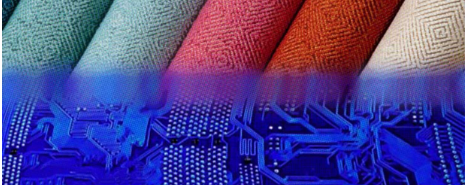

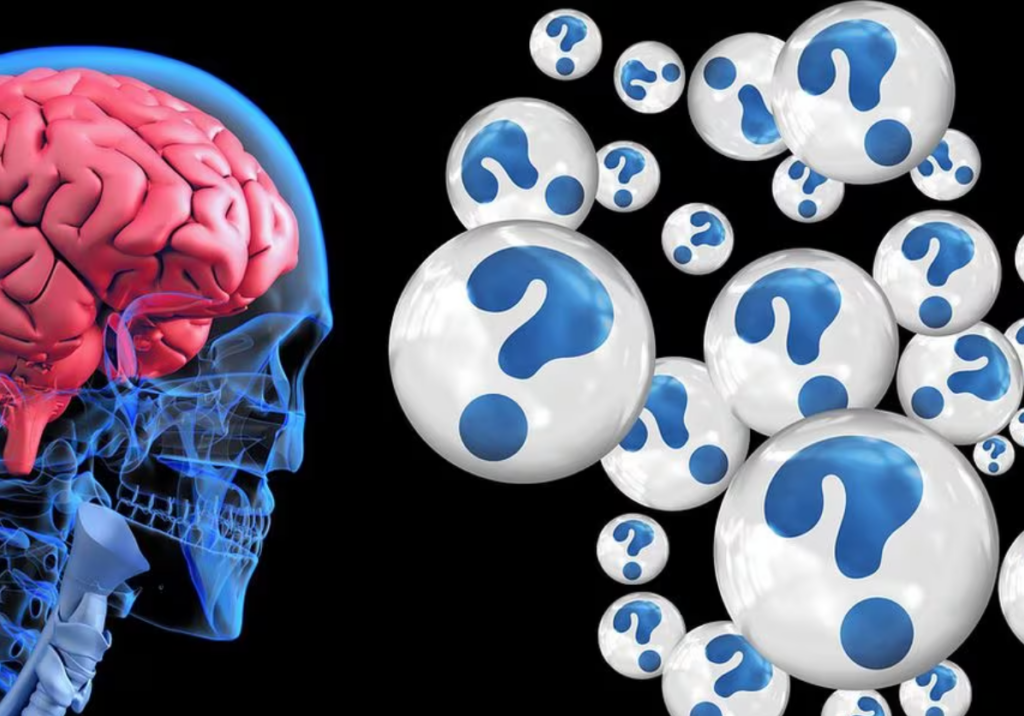

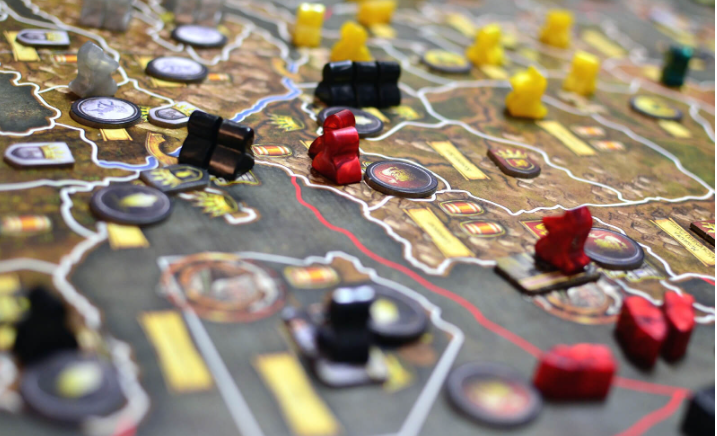
Responses